KiKiRiKi Tous les Soirs – 1/6 – Background
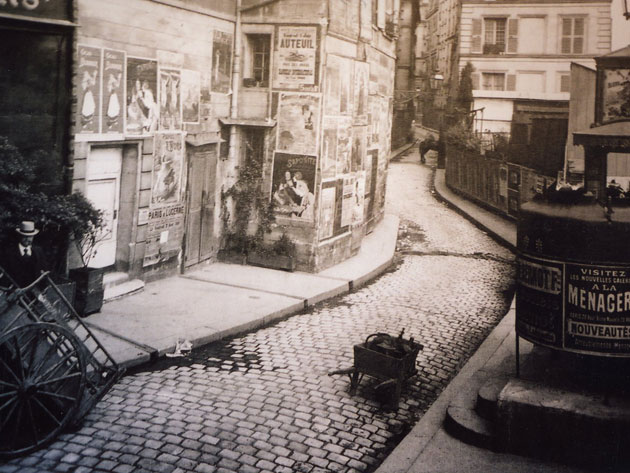
KiKiRiKi Tous les Soirs
A graphic environment based on posters from the Dutailly Collection, the historical fundament of the annual International Poster and Graphic Arts Festival of Chaumont, May 21 – June 26, 2005
In collaboration with Etienne Bernard (curator)
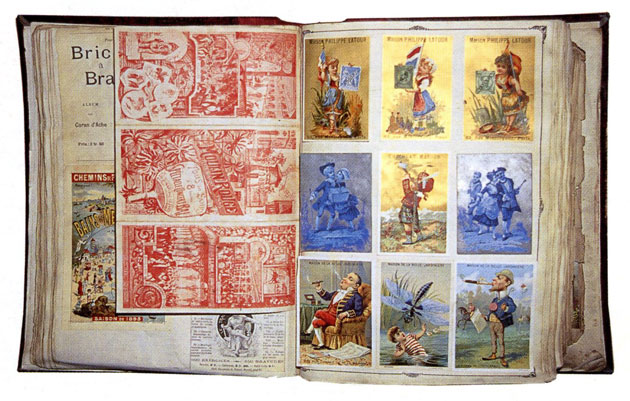
One of Dutaily’s albums, filled to the brim with printed emphemera that he diligently collected. From Le Fonds Dutailly, insert Art & Métiers du Livre, September 2000.
Text Harmen Liemburg
Written for the festival’s 2005 catalogue
The substantial Collection Gustave Dutailly was built up mainly during the final decades of the 19th century, a period of turbulence in France generally known as the Fin de Siècle. Even if we lack a profound knowledge of French history, the posters, some 5,000 in number, tell us an intriguing story of a rapidly changing society.
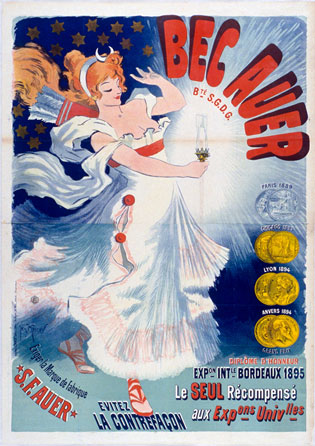
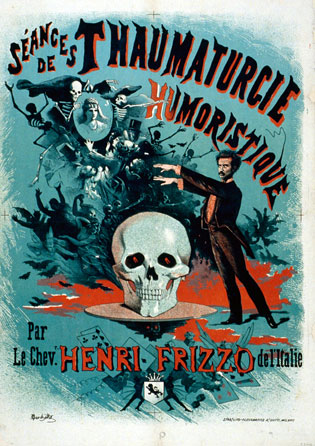
Posters Collection Dutailly courtesy City of Chaumont.
New inventions such as electricity, improved hygiene and faster, better public transport made life more comfortable for the public at large. It was a time of great optimism about the future. On the other hand, many people still lived in gloomy, almost medieval circumstances, and superstition and diabolism were rife.

Poster Collection Dutailly courtesy City of Chaumont.
The predominant form of public entertainment at this time was the theatre. New technologies offered more and more comfort in the playhouses, while colourful posters on the walls and advertising pillars tempted the public, eager for light and sensation, inside. Audiences favoured large-scale productions, full of grandeur and embellished with new, ever more spectacular stage effects. Shocking melodramas, enchanting féeries and grands spectacles were box-office hits. City dwellers also gazed open-mouthed at the seemingly supernatural feats of street illusionists and at grotesque human freak shows.
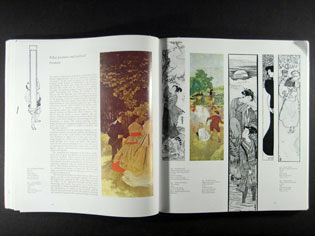
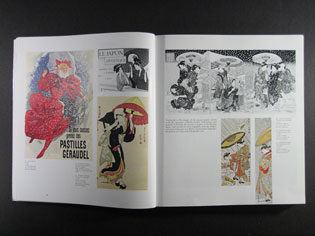
From Siegfried Wichmann, Japonisme – The influence on Western art since 1858, Thames & Hudson 1999.
Another novelty was ukiyo-e, coloured prints imported from Japan by the Parisian art dealers l’Art Nouveau. The large masses of dark colour against a light background and the sharply defined contours influenced the work of numerous 19th century artists, among them the French Impressionists. The katagami fabrics, stencil-printed in a pure, black-and-white silhouette style, also attracted much interest. They inspired lithographic masterpieces by such maitres de l’affiche as Felix Valloton and Henri de Toulouse-Lautrec.

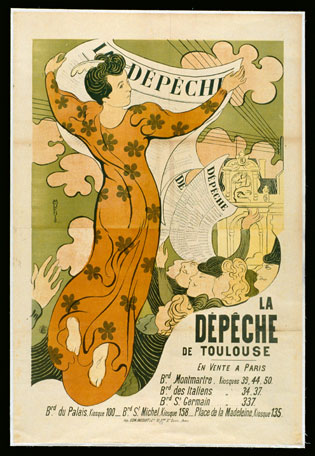
Posters Collection Dutailly courtesy City of Chaumont.
The light-dark contrast of the Fin de Siècle is naturally represented in the Collection Dutailly in both literal and figurative respects, and it provided a thematic guideline for selecting work from the archives. Unlike the fragile historical items (on which nobody but the archivist may lay a hand), the printed matter in this installation may be touched and leafed through by whomsoever wishes. By the end of the festival, the work will have been ‘used up’, and the Salle du Conseil which has served as a temporary exhibition space can be cleared for the next local council meeting.
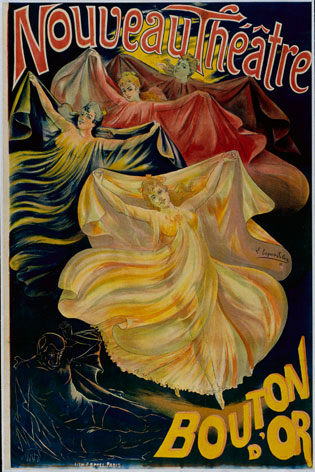
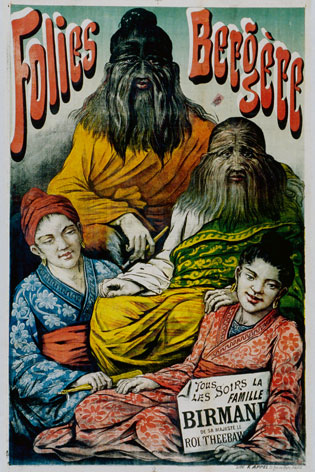
Posters Collection Dutailly courtesy City of Chaumont.
The title of the installation comes from the poster for the similarly named ‘exotic’ theatre show, many examples of which may be found in the Collection Dutailly. Ki-ki-ri-ki no doubt sounded like authentic Japanese to many a 19th century citizen. Perhaps it suggests a sound that would have greeted a reveller returning after a night on the town, the cry of the cock; to Spanish ears, at least. But in Japan the cock cries ‘kokekokko’ and in France simply ‘cocorico’.